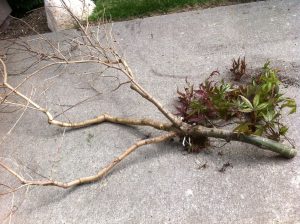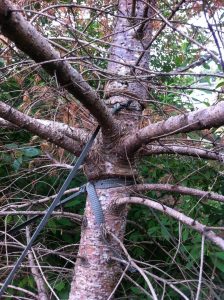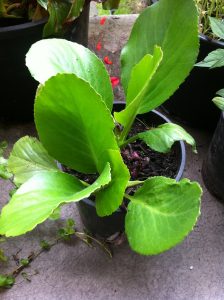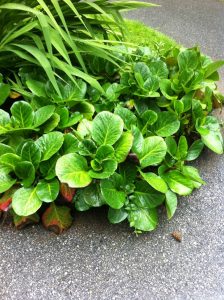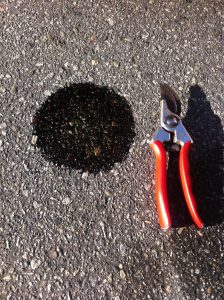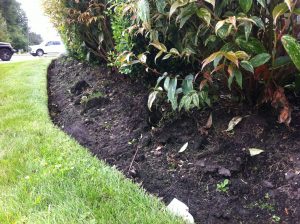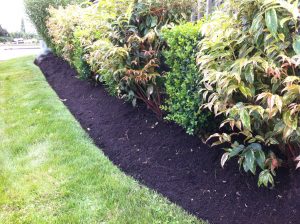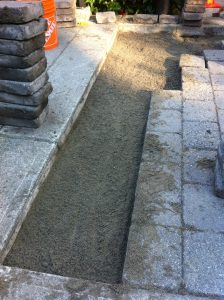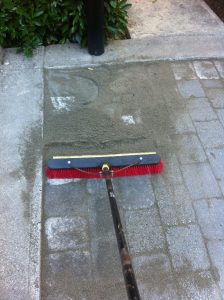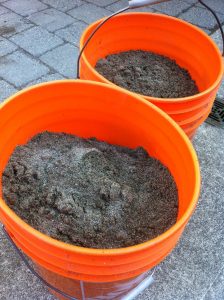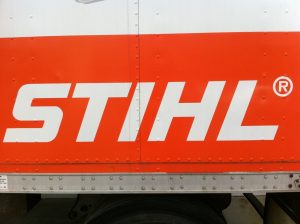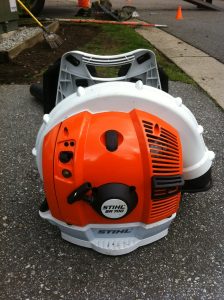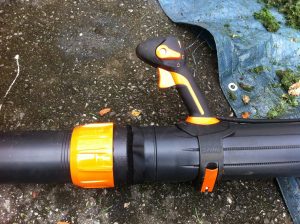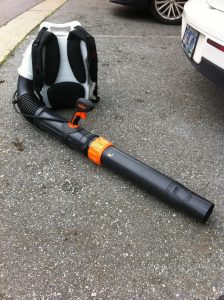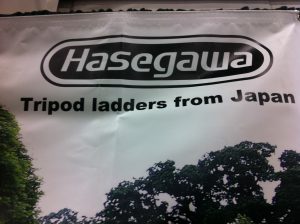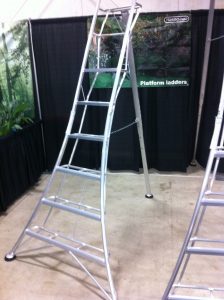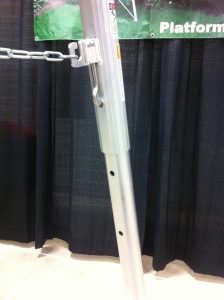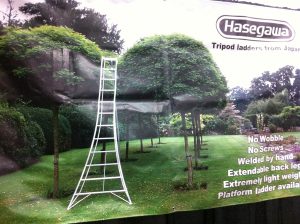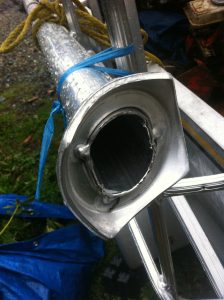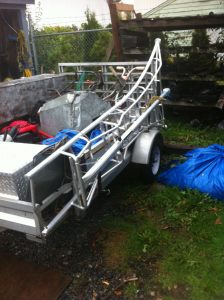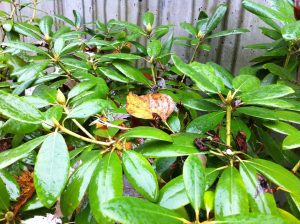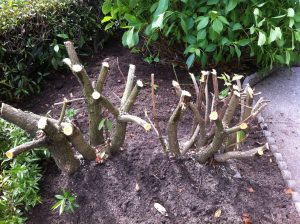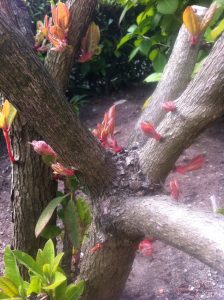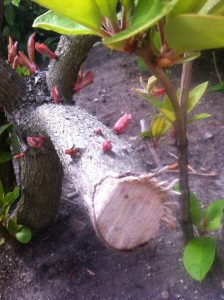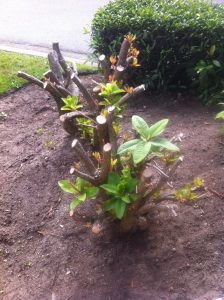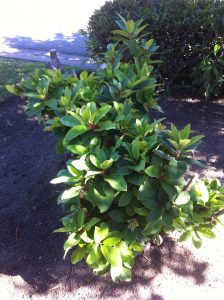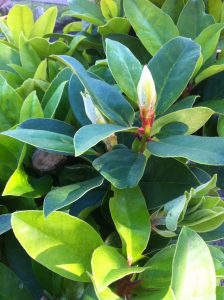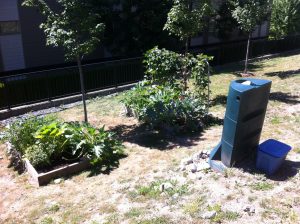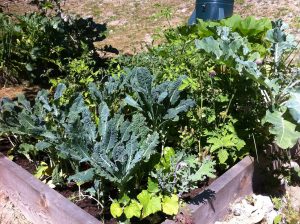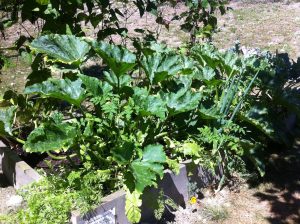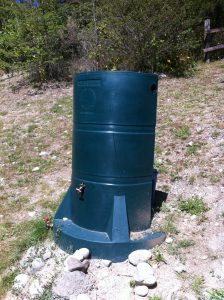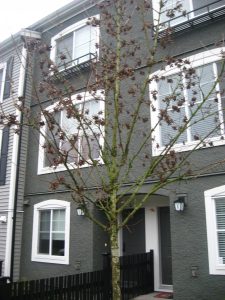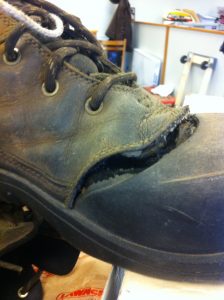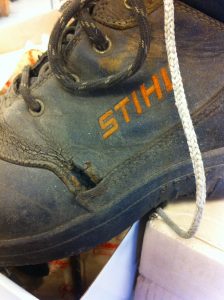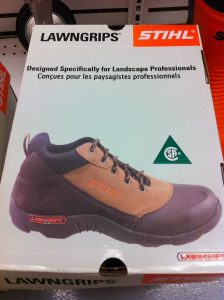Tree girdling
As landscape supervisor and arborist I reported for duty one fine spring day in White Rock. The request was to check on a dead Acer palmatum tree. Great, let’s see. What I found was a classic example of abiotic tree injury: girdling. In this case it was caused by an overzealous bird lover. The bird feeder string was left in place too long. Once the tree grows and “swallows” the string, there is nothing we can do. Nothing.
Tree girdling leads to two huge problems:
a) It restricts the flow of water and nutrients up the tree. The branch above the constriction eventually starves and dies. See the pictures below.
b) Trees fail at the point of constriction.
Forgotten pines
Sadly, it got worse. An adjacent property has a long wild zone fence line. Hidden in the vegetation are staked pines. Staked and forgotten. The result is the same as above or worse, where the whole pine expired. I presume the pines started leaning and someone staked them with ArborTie. This material replaces wire and hose, it’s cheaper, safe, soft and simple to use.
But in the case below the arbortie was incorrectly tied with knots and left. Since the pines were leaning, there was no “play” on the arbortie. It should be checked periodically. Remember this is a low-profile wild zone between homes and a city park.
Action steps
What can we do? Nothing against birds but tree owners should be discouraged from installing bird feeders on their trees. But if they must, then let’s at least use appropriate materials and check on the install periodically to prevent girdling. We can’t reverse girdling.



